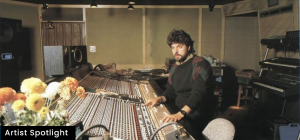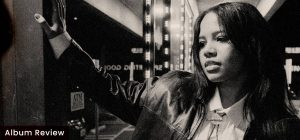Ms. Toshiko Akiyoshi

Over the course of a six-decade career, pianist, bandleader, and composer-arranger Toshiko Akiyoshi has made a unique and vital contribution to the art of big band jazz. Born in Manchuria, where she began playing the piano at age six, Akiyoshi moved back to Japan with her parents at the end of World War II. Her family, enduring the hardships of the period, could not provide her with an instrument, and so, just to touch a piano, she took her first job as a musician, playing in a dance-hall band.
She was not exposed to real jazz until a Japanese record collector introduced her to the work of Teddy Wilson, whose music immediately impressed her. In 1952, pianist Oscar Peterson discovered Akiyoshi while he was on a Jazz at the Philharmonic tour of Japan and recommended that producer Norman Granz record her.
Studied jazz in at the Berklee School of Music in Boston. In 1955, she wrote a letter to Lawrence Berk asking him to give her a chance to study at his school. After a year of wrangling with the State Department and Japanese officials, Berk was given permission for Akiyoshi to enroll. He offered her a full scholarship, and he mailed her a plane ticket to Boston. In January 1956, she became the first Japanese student at Berklee. Soon after, she appeared as a contestant on the 18 March 1956 broadcast of the CBS television panel show What’s My Line?. In 1998, she was awarded an Honorary Doctorate of Music from Berklee College of Music.
Has received fourteen Grammy Award nominations and was the first woman to win Best Arranger and Composer awards in Down Beat magazine’s annual Readers’ Poll. In 1984, she was the subject of the documentary Jazz Is My Native Language. In 1996, she published her autobiography, Life with Jazz, and in 2007 she was named an NEA Jazz Master by the U.S. National Endowment for the Arts.
In March 1973, Akiyoshi and Tabackin formed a 16-piece big band composed of studio musicians. Akiyoshi composed and arranged music for the band, and Tabackin served as the band’s featured soloist on tenor saxophone and flute. The band recorded its first album, Kogun, in 1974. The title, which translates to “one-man army”, was inspired by the tale of a Japanese soldier lost for 30 years in the jungle who believed that World War II was still being fought and thus remained loyal to the Emperor. Kogun was commercially successful in Japan, and the band began to receive critical acclaim.
The couple moved to New York City in 1982 and assembled the Toshiko Akiyoshi Jazz Orchestra featuring Lew Tabackin). Akiyoshi toured with smaller bands to raise money for her big band. BMG continued to release her big band’s recordings in Japan but remained skeptical about releasing the music in the United States. Although Akiyoshi was able to release several albums in the U.S. featuring her piano in solo and small combo settings, many of her later big band albums were released only in Japan.
Critic Scott Yanow describes Tabackin as “one of the few jazz musicians who has been able to develop completely different musical personalities on two instruments”, with his forceful hard bop style on sax contrasting with his delicate flute playing.





